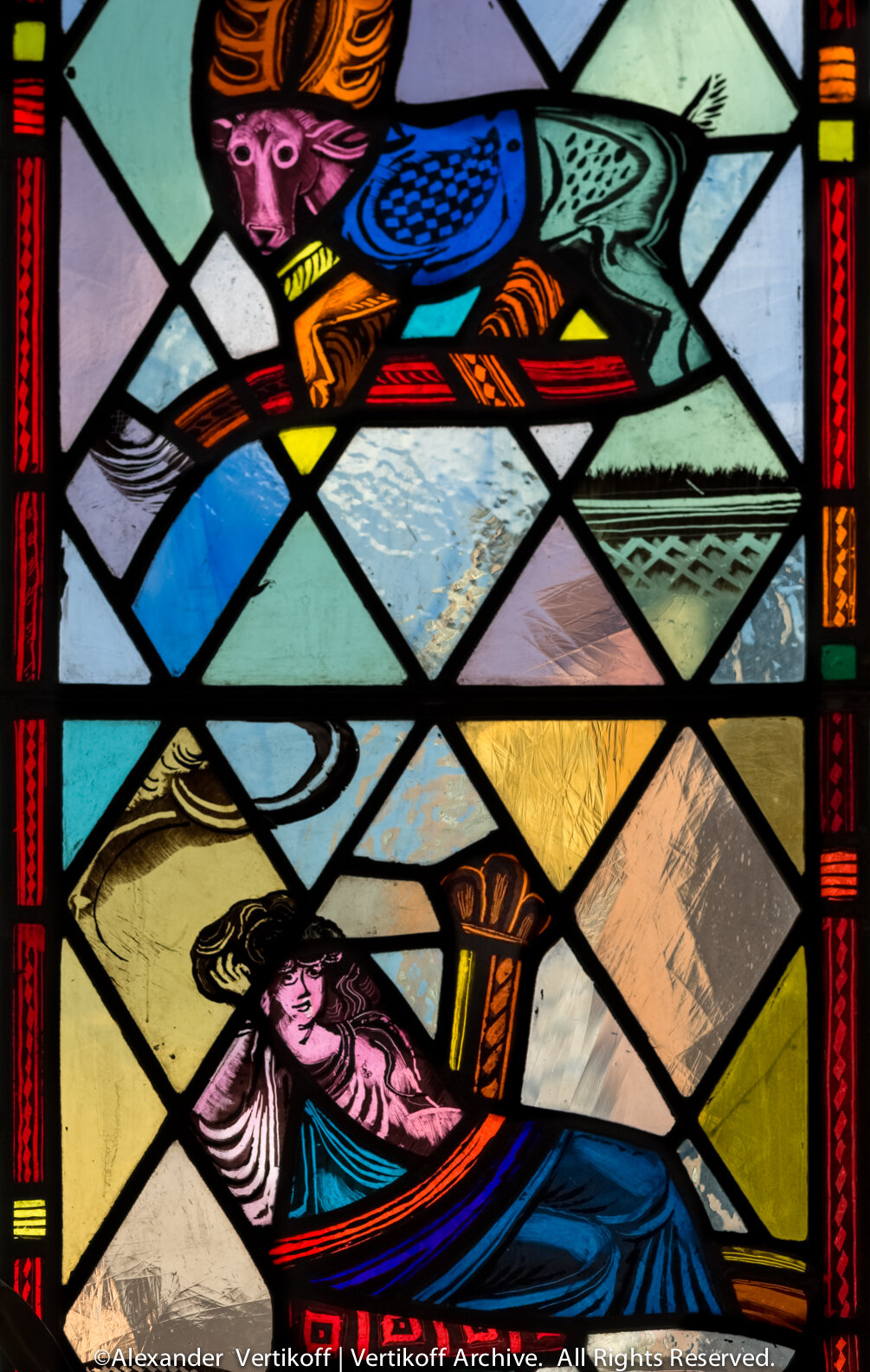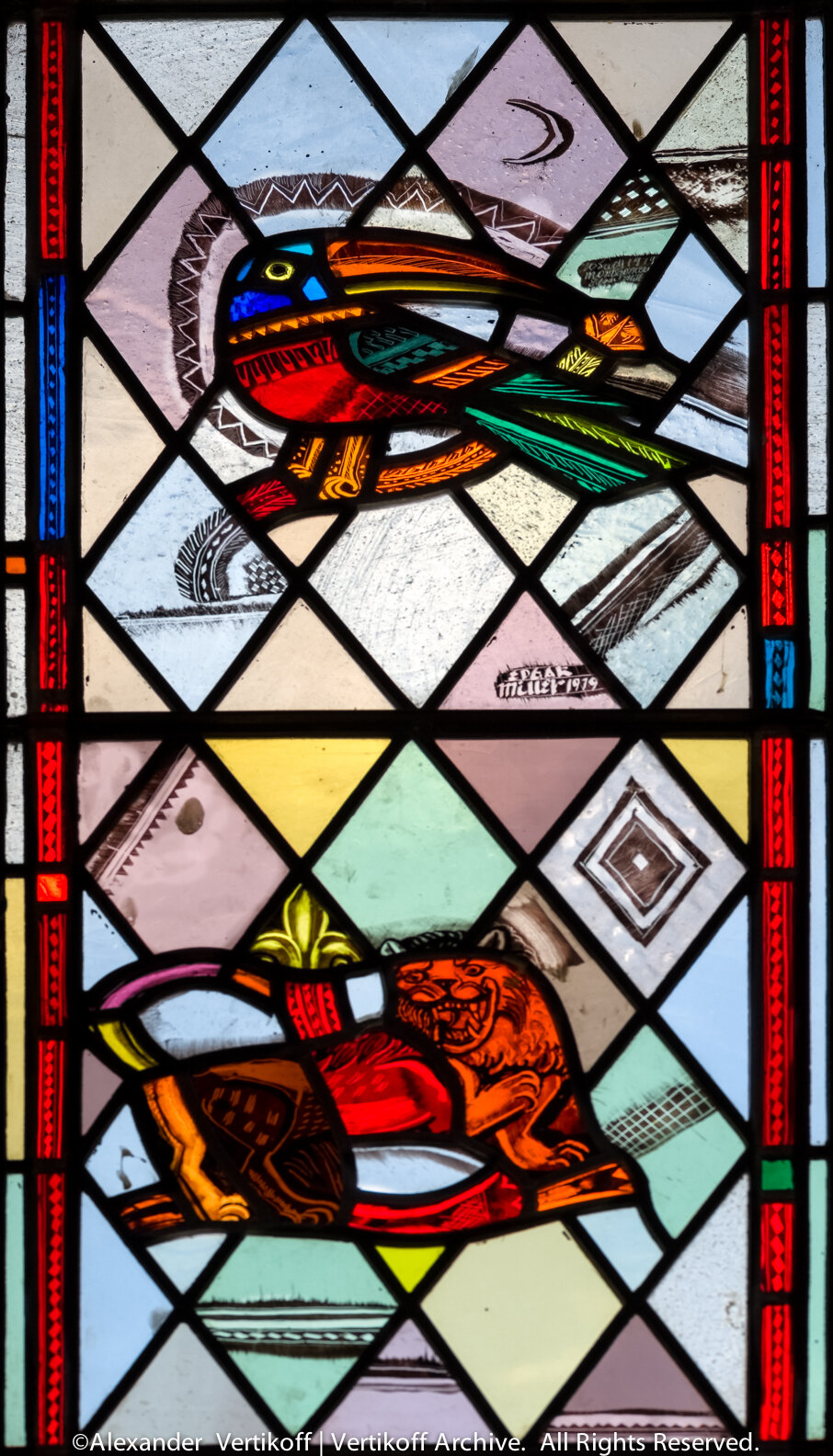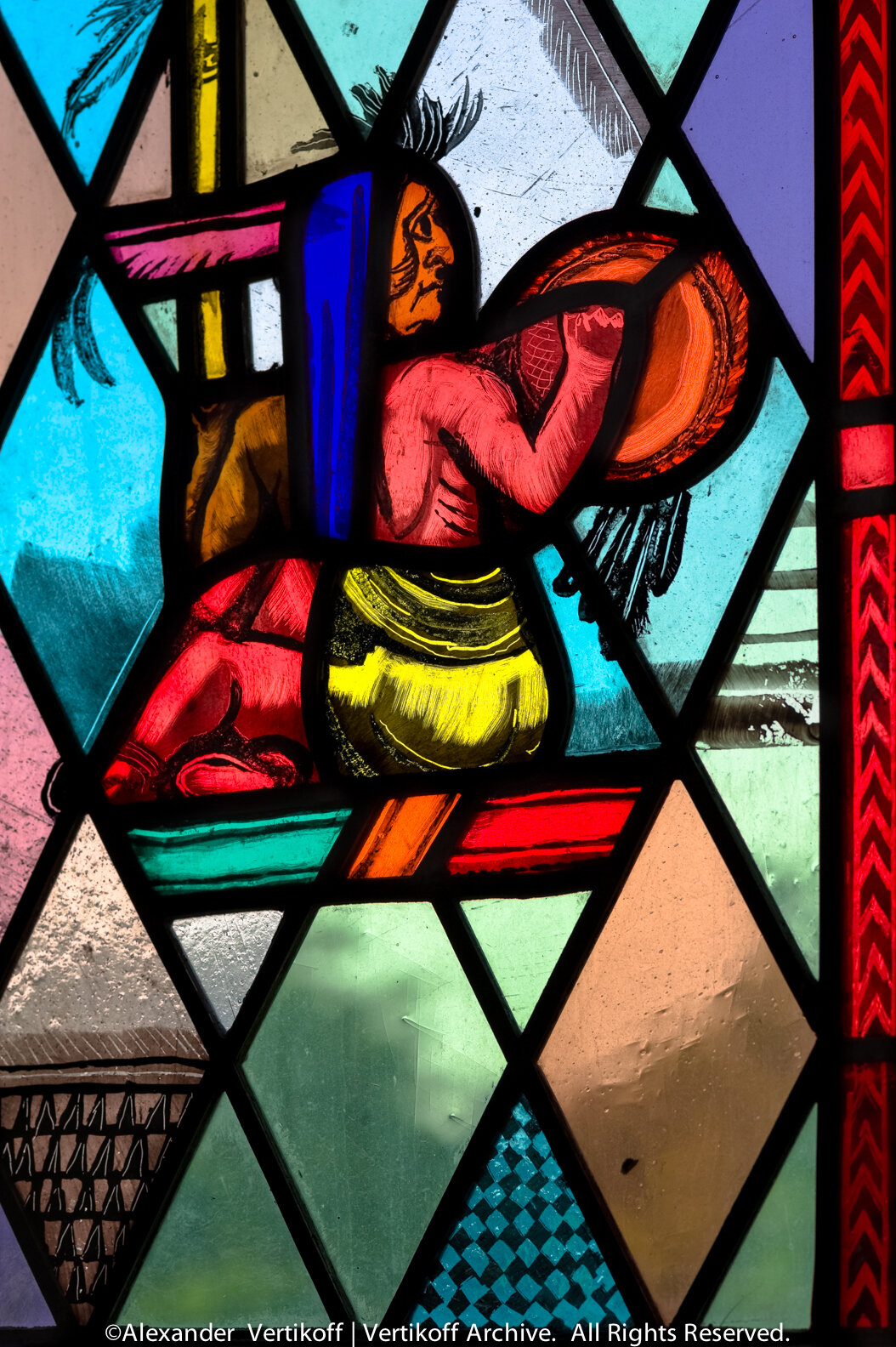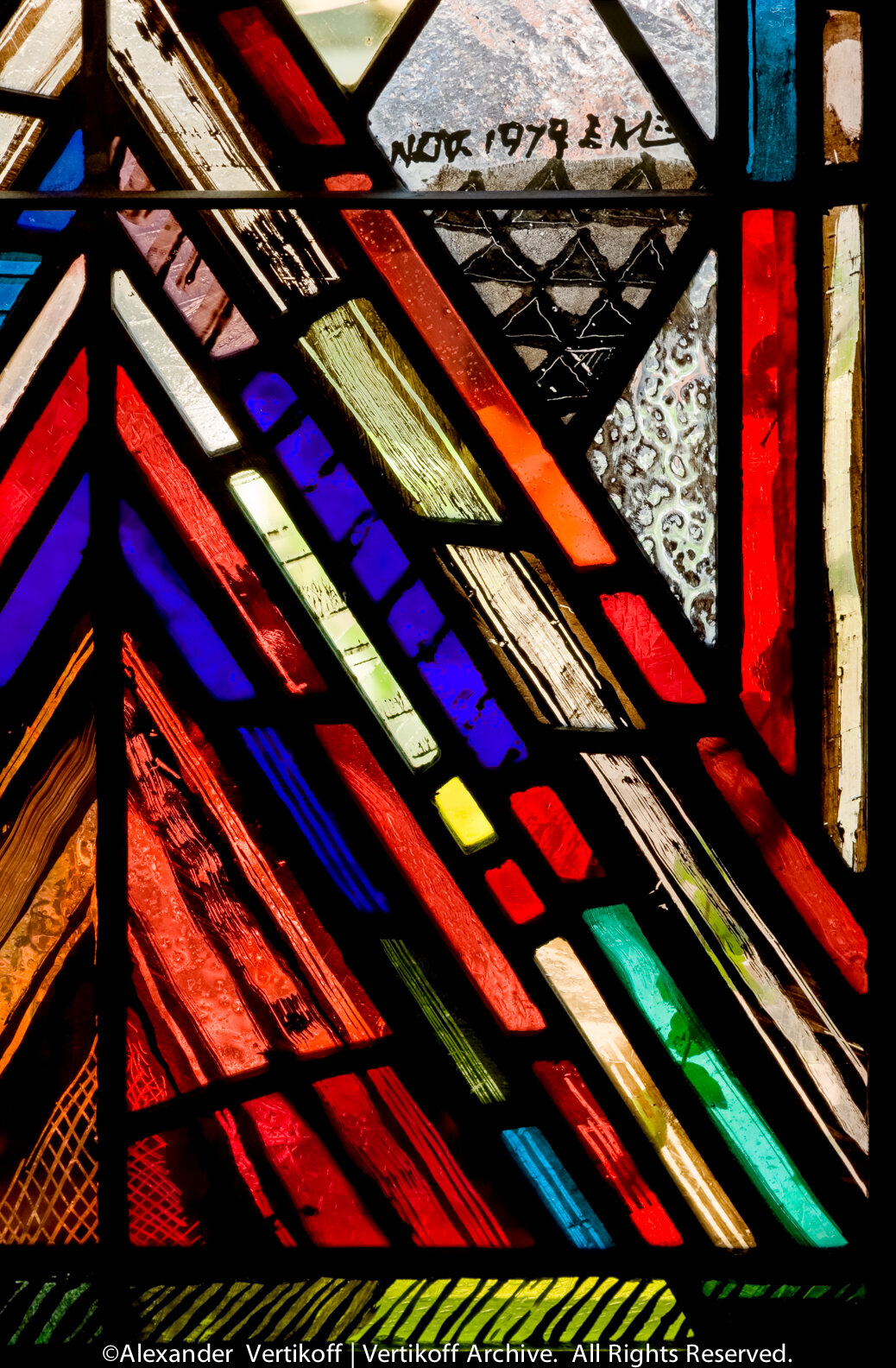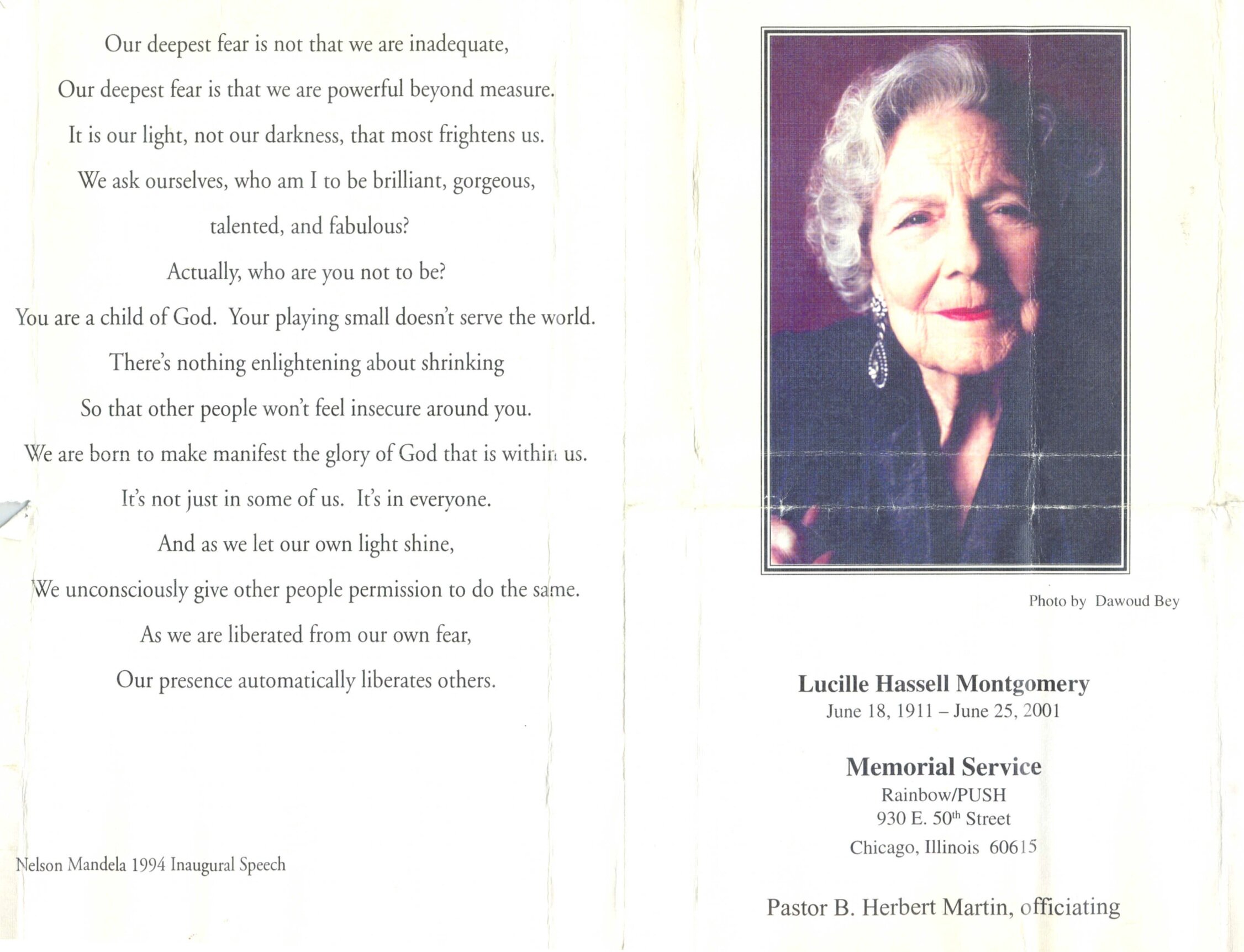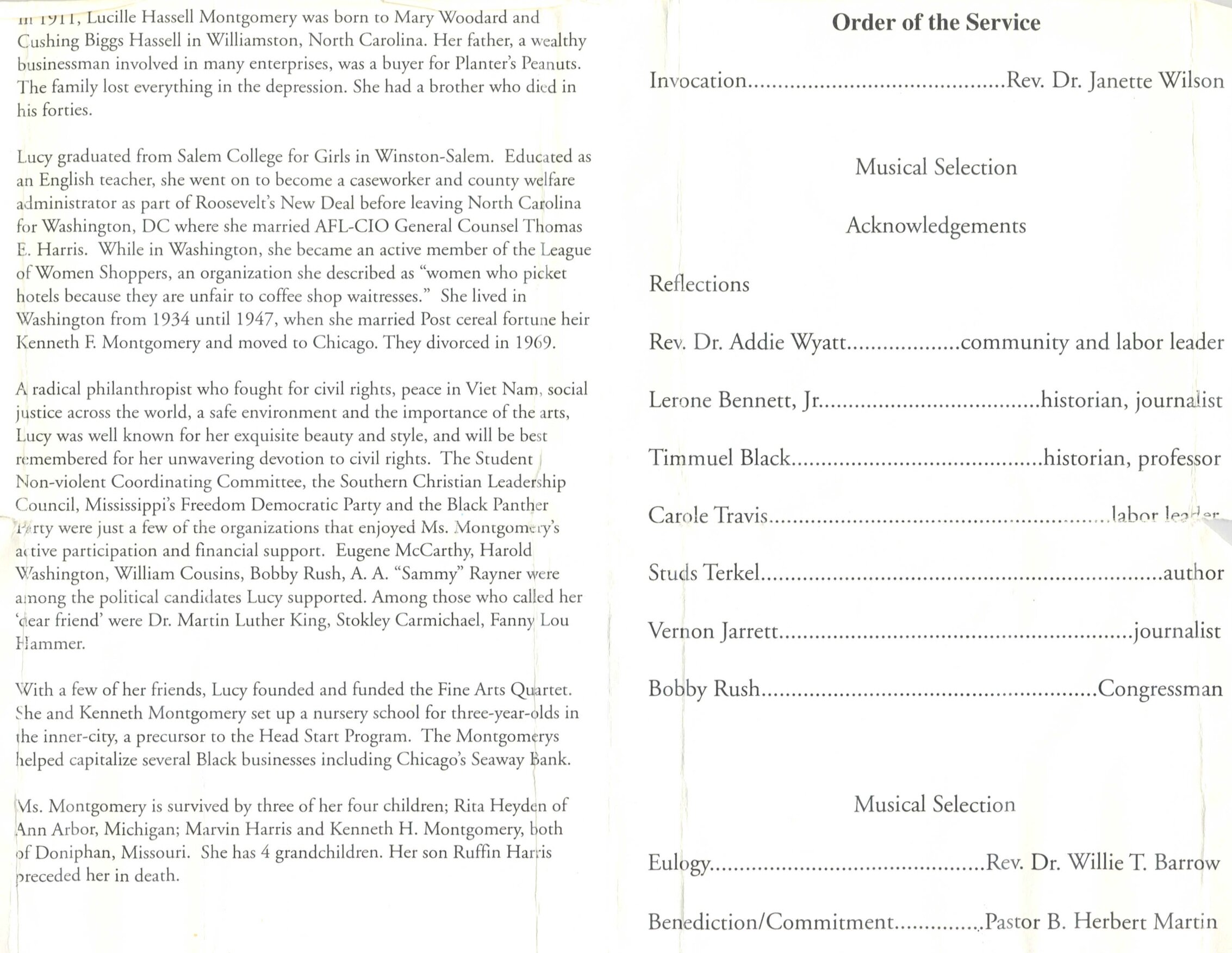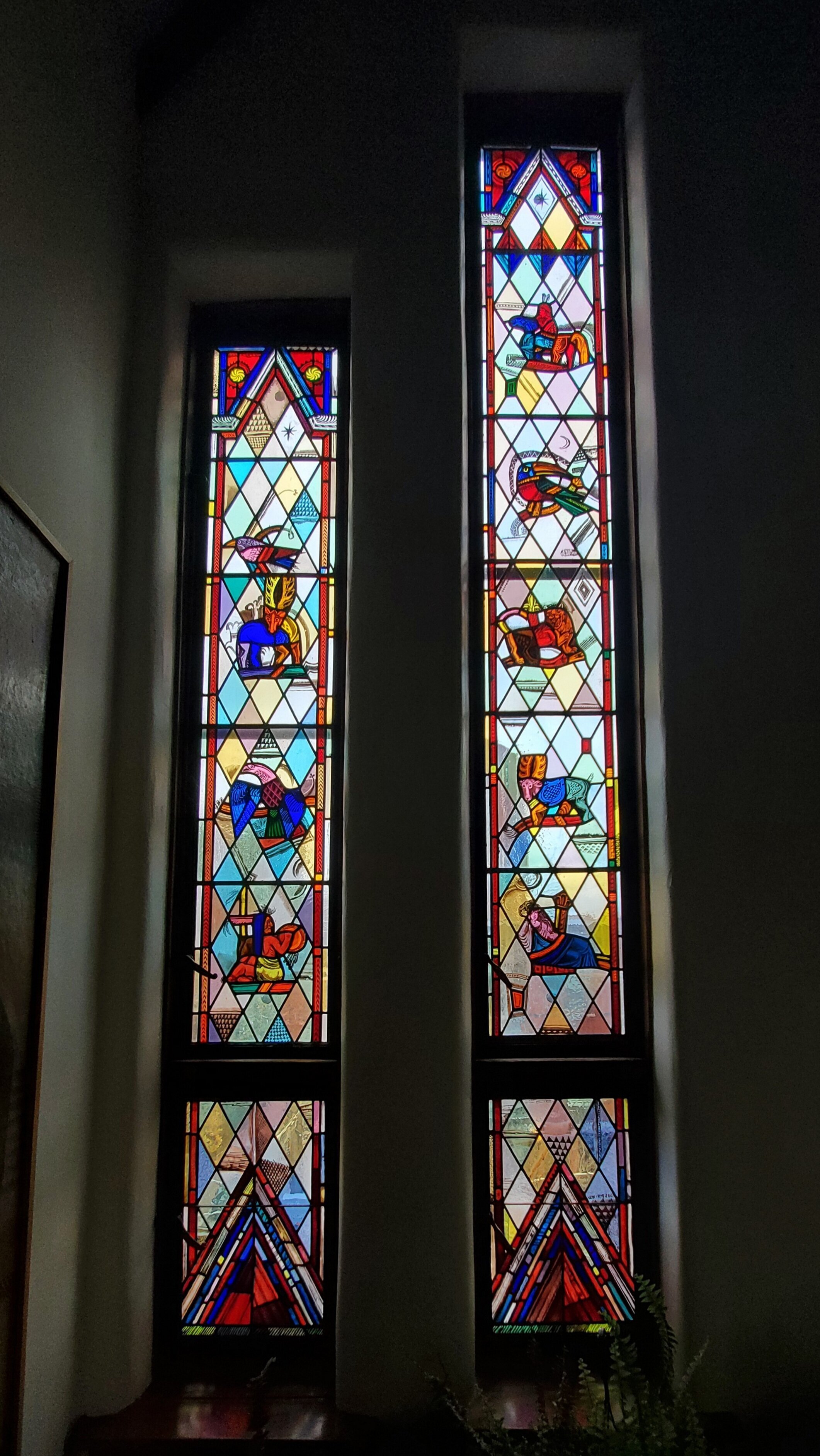Presented in November, 2019 at the Chicago Cultural Center by Zac Bleicher, Executive Director of Edgar Miller Legacy.
Multimedia Video of Presentation
ABOUT
On Thursday, November 21st, 2019, Edgar Miller Legacy, in partnership with The Chicago Architecture Biennial and The DuSable Museum of African American History, proudly presented an illuminating lecture on Lucy Montgomery (1911-2001), a great preservationist and activist who worked through the Civil Rights Era, and who lived and began to restore Edgar Miller's Kogen-Miller Studios in Chicago from 1969-1985. Montgomery was at the center of a lost history of social and political upheaval that originated in and passed through Edgar Miller’s artist colonies in the Old Town neighborhood during the mid-20th century, while personally devoting her time and resources to the preservation of the Kogen-Miller Studios on Wells Street. She worked through the years to harness the power of Miller's built environments to organize and give safe harbor to movement activists, artists, and political leaders.
Montgomery welcomed and worked with many notable figures of the era, including Margaret Taylor-Burroughs, Martin Luther King Jr., Jesse Jackson, Fred Hampton, Fannie Lou Hammer, Bobby Rush, Studs Terkel, Quentin Young, and Harold Washington, among many others. She brought together leading thinkers and community builders within her home with the aim of addressing important social issues of the day, and she herself became a target of political scrutiny. Montgomery's legacy was in harnessing her position of privilege and the power of the artistic space she inhabited to activate and inspire radical change in the wider community.
This lecture shares a brief biography of Lucy Montgomery, beginning with her upbringing in rural North Carolina; through to her time working around Franklin Delano Roosevelt’s New Deal programs and William Howard Taft's Supreme Court in Washington D.C.; all the way to her work as a civil rights activist and art philanthropist in the 1960s-80s in Chicago.
Please enjoy the illustrated lecture video above, and galleries of documents, clippings and photos related to Montgomery’s life story below.
Clippings & Photos
Snippets from the Lucy Montgomery Archive
Various photos in the above gallery and the following quotations come from an article by Judy Moore from the “Homelife” section of the Chicago Sun-Times on the Glasner Studio and Lucy Montgomery’s preservation and renovation efforts, from July 26th, 1985.
A secluded Old Town retreat, nestled behind a brick wall at the rear of a quiet courtyard, is a treasure chest filled with architectural detail…
“It was love at first sight,” said the North Carolina native, who had been living a Lake Shore Drive high-rise apartment at the time. She was looking around for something interesting, when she discovered the town house during a stroll through Old Town.
“I found myself transfixed in front of a carved red door and a brick wall,” said Montgomery. “I pushed the door open, walked into the entrance area, and was faced with an unlocked wrought iron gate that allowed me to walk into a courtyard, which had interesting buildings with stained glass windows. I had no idea there was anything like it in the city.”
The courtyard’s fish pond was filled with dirt and there wasn’t a single planted or potted flower. Yet Montgomery’s initial reaction was that she could do something with the place, which was rented at the time.
Six months later she bought the entire complex, including a pair of front buildings with eight rental apartments, just so she could in the charming town house at the rear of the courtyard… Plasterers, painters, plumbers, electricians and tuck pointers were called on for help. Gutter work was done and the pond was cleaned and put in working order.
“I had a good idea of what I wanted done, but it was difficult because nothing in the house was standard size,” said Montgomery.
On the Work of Renovation
“You could not just go out and order a door or replace a window or buy screens. Everything was custom. That was what fascinated me. But at the same time, getting the people who could deal with it was difficult. Many who turned out, could not do the job.”
In 1979, Montgomery contacted Edgar Miller in California and asked him to help redo two long narrow windows, which contained undistinguished red/blue and green glass. Montgomery hoped to maintain he room’s existing stained glass theme. “He came to Chicago, stayed for a month or two, and selected every pane of glass,” said Montgomery. “Miller’s color sense is so beautiful. And I found a craftsman who could do all the leading.” Bulls, birds, a native American Indian and a reclining classic Green goddess are among the colorful designs.
On the Experience of Living at the Glasner Studio
“It is a wonderful house for parties because there are so many different areas for people to congregate. Here, people can gather in more intimate groupings, if they want to. They enjoy the house’s art, such as the windows and other things that make it so attractive and unusual.”
“It is so peaceful that you wouldn’t know you were in the city, especially when you have the candles lit and some music playing. Since the house, itself is a decoration, it requires very little furniture.”
Above: Stained glass windows by Edgar Miller for Lucy Montgomery, 1979. © Alexander Vertikoff.
Below: Memorial service program for Lucy Montgomery, held at Rainbow/PUSH National Headquarters.
Stained glass windows, northern elevation - Glasner Studio - Edgar Miller - 1979 - Edgar Miller Legacy Archive
















